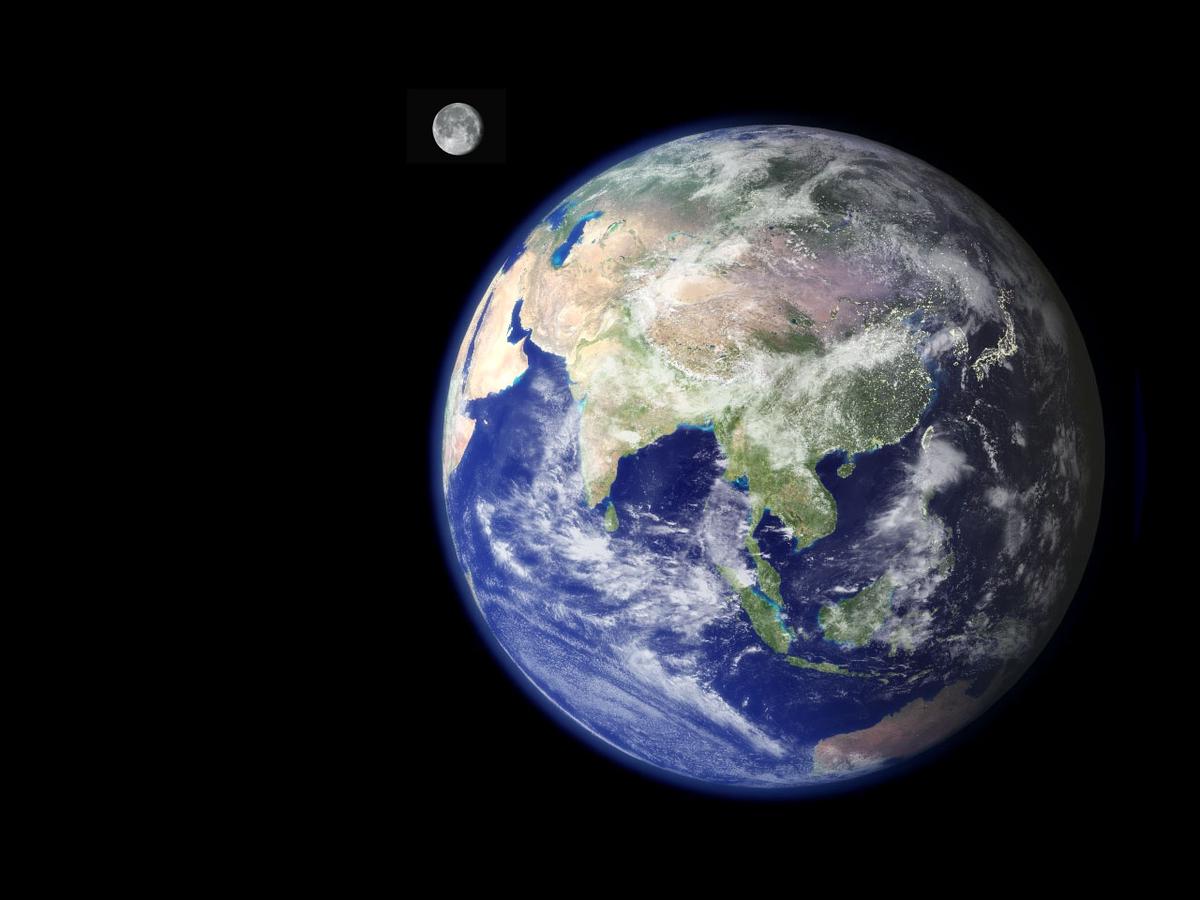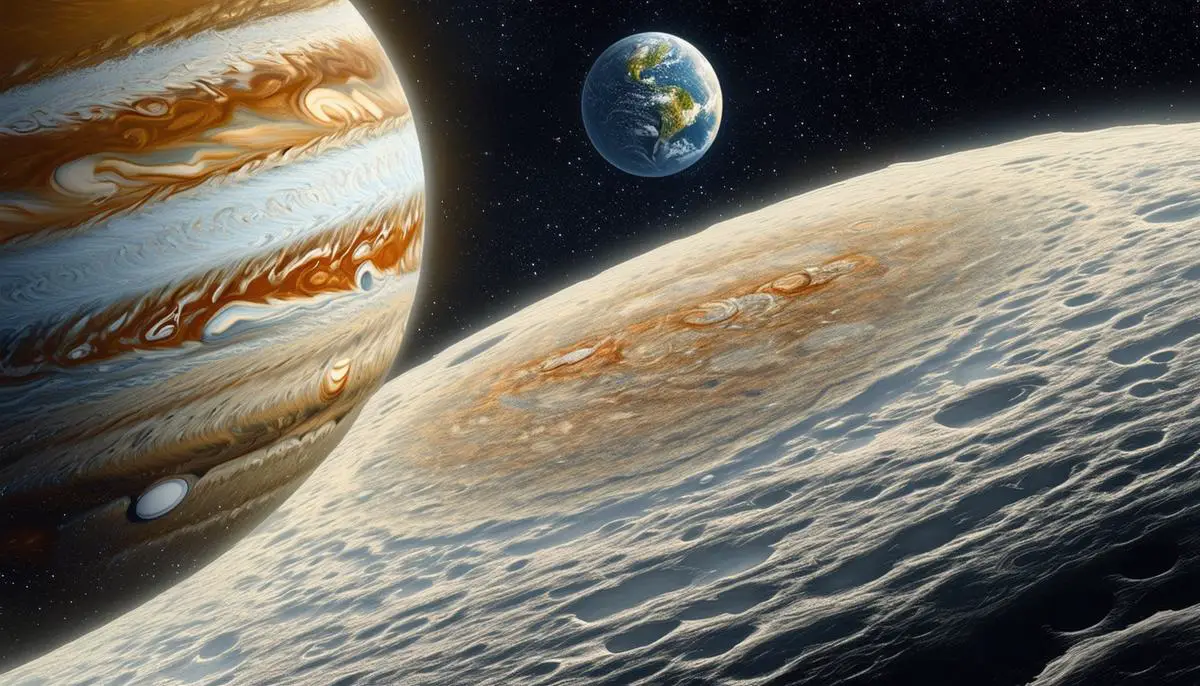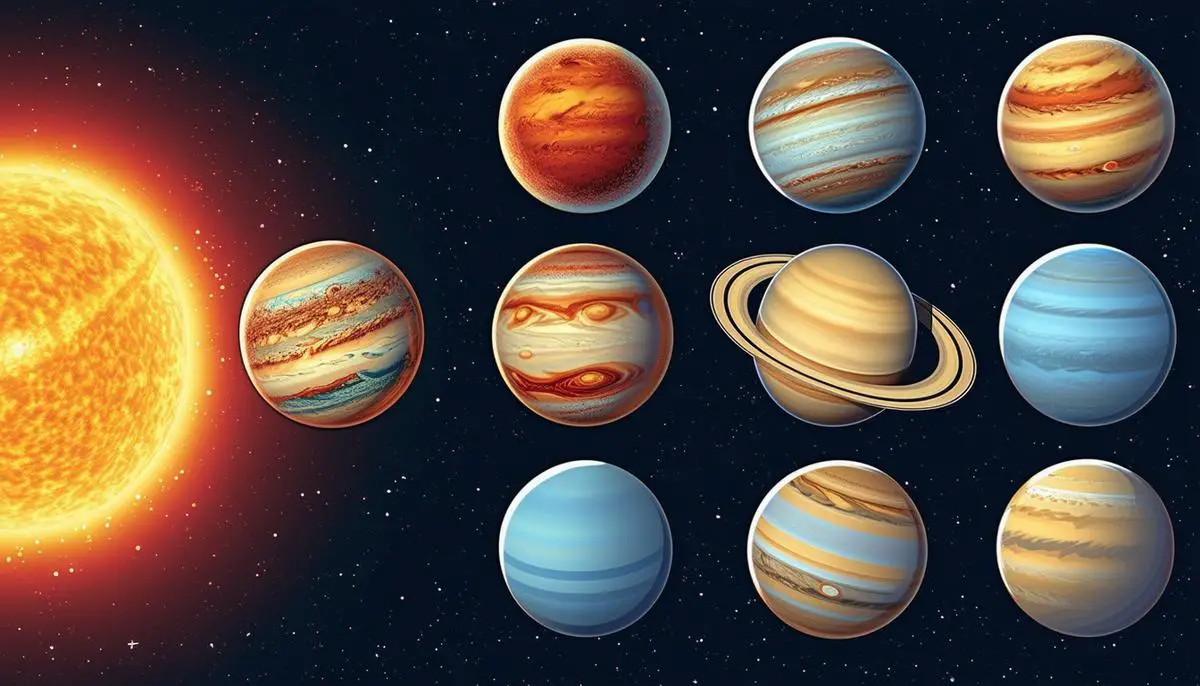What planet is closest to the moon?
The planet closest to the Moon is Earth. The Moon orbits Earth, making Earth its nearest planetary neighbor. While the Moon sometimes visually appears near other planets due to their position in the sky, it remains in orbit around Earth.
Starting nearest the Sun, the order of the planets is:
- Mercury
- Venus
- Earth
- Mars
- Jupiter
- Saturn
- Uranus
- Neptune
This sequence represents their average distances from the Sun.
Many planets have moons. Here are some examples:
- Mercury: 0 moons.
- Venus: 0 moons.
- Earth: 1 moon.
- Mars: 2 small moons, Phobos and Deimos.
- Jupiter: 92 known moons.
- Saturn: Numerous moons, including Titan.
- Uranus: 27 known moons.
- Neptune: 14 known moons.
What is the position of planets in the solar system?
Earth's position as the third planet from the Sun makes it unique because of its life-sustaining atmosphere and abundant liquid water, and its moon. Earth is the only planet that possesses a single, exceptionally large moon relative to its size. This Moon plays a crucial role in stabilizing Earth's axial tilt, which affects our climate and seasons.
While other planets have multiple moons, some with spectacular characteristics like Jupiter's 92 known moons or Saturn's prominent rings and over 80 moons, Earth stands out due to the singular, intimate relationship it shares with its moon, forming a unique Earth-Moon system within our solar system.

Do other planets have moons?
Mercury and Venus are moonless due to their proximity to the Sun, which exerts a strong gravitational influence, preventing these planets from capturing or retaining any satellites.
Mars possesses two small moons: Phobos and Deimos. Although tiny compared to our Moon, these Martian moons are thought to be captured asteroids, adding a layer of intrigue to the Red Planet.
The gas giants have a significant number of moons. Jupiter boasts 92 known moons, including the Galilean moons—Ganymede, Callisto, Io, and Europa. These larger moons are easily visible through binoculars and have fascinating characteristics: Ganymede is the largest moon in the solar system[1], and Europa is believed to have a subsurface ocean that might harbor life.
Saturn has over 80 known natural satellites. Among these, Titan stands out as the second-largest moon in our solar system and has a thick atmosphere, composed mainly of nitrogen, resembling early Earth. Saturn's moon Enceladus, with its icy surface and geysers spewing water vapor, is another interesting object of study for potential habitability.
Uranus and Neptune have 27 and 14 known moons, respectively. Uranus's largest moons feature diverse terrains, from large canyons to icy surfaces. Neptune's largest moon, Triton, is geologically active, with geysers that eject nitrogen frost from beneath its surface.
These celestial companions enhance the visual spectacle when observing these planets and offer valuable insights into the mysteries of our solar system.

- Showman AP, Malhotra R. The Galilean satellites. Science. 1999;286(5437):77-84.
![]()
